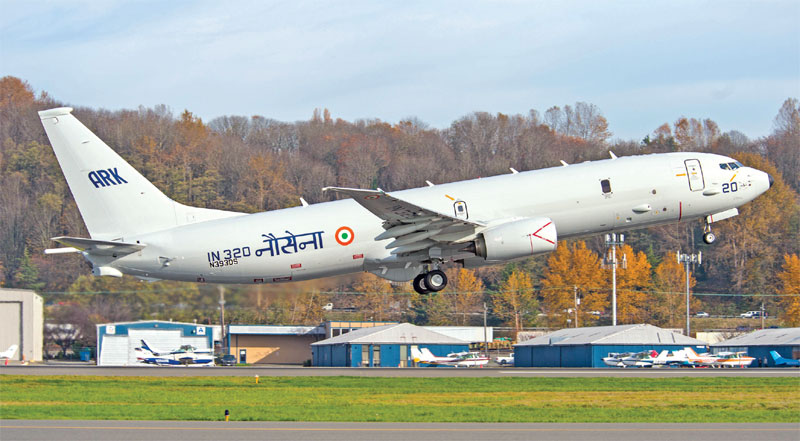India should invest more in ASW operations to keep its waters safe
Smruti D
Anti-submarine warfare (ASW) is known to be one of the most tactical and difficult operations that a navy has to carry out. With increasing contestations at sea across the world, it becomes important for navies today to keep an eye on enemy submarines venturing into their waters. Unlike other naval platforms, a submarine can move around underwater and is designed to be stealth. It holds capabilities such as intelligence collection, a quality which navies usually use for spying. What’s more, the strategic use of submarines lies in their capabilities to protect surface ships stealthily, they can lay and detect mines, torpedoes can be fitted to attack and are also capable of deploying forces.

Although it may seem contemporary, the idea of anti-submarine warfare is not new. In World War I, countries carried out submarine and anti-submarine warfare against one another.
China’s unwelcome forays into the Indian Ocean are well known. Its setting up of a base on the Djibouti islands is already seen by India as a threat to its own space in the Indian Ocean. Moreover, in the past few years Chinese submarines have been frequenting the Indian Ocean. In 2014, Chinese submarines docked at a port in Colombo. Satellite imagery in January 2017 revealed two Chinese submarines docking at Karachi. The spotted submarine types were Type 091 Han-class nuclear powered submarine and the Type 039 Song-class diesel electric submarine. Moreover, as recently as in January 2020, China and Pakistan conducted their Sea Guardian exercise wherein a Pakistani Agosta-90B type submarine was being operated alongside the Chinese warships. Given the situation in India today, anti-submarine warfare stands a crucial chance.
The threat of submarines violating Indian territory is real. Thus, there is a need to launch an anti-submarine warfare when the situation arises.
What is ASW?
Anti-submarine warfare is undertaken using submarines, ship, helicopter or a fixed-wing aircraft. The term refers to underwater warfare which includes detection, tracking and destroying of enemy submarines in a country’s territorial waters by using different military equipment such as warships, submarines, helicopters and fixed-wing aircraft. Submarine warfare uses different platforms, techniques and methods of detection. And these different methods include Radio Interception, Usage of different types of Sonar, Radar and Visual Identification.
The first step to take on anti-submarine warfare is surveillance. Since submarines are stealth and operate underwater, they are invisible. Modern-day submarines, due to their ‘indiscretion rate’ which is ‘the ratio between the time of greater vulnerability and the total operating time’, are difficult to detect. Conventional diesel-electrical submarines, while can go undetected, have to come to the ‘periscope depth’, risking radar detectability by snorkel projection to recharge its batteries. To guard submarines from being tracked, technology such as Air-independent Propulsion (AIP) system can be fitted to the conventionally powered submarines. Nuclear submarines have the in-built quality of being independent of air and do not need it to come up to the surface frequently, which makes it undetectable. On a similar note and in fresh news, The Week reported that the Indian Navy on 28 October 2020, floated Request to Information (RFI) for indigenous development of truncated lithium ion battery system for submarines.
Detection and Destruction
Detection technologies have evolved over ages. Sonar, which is an abbreviation for ‘sound navigation and ranging’ is a technique used to navigate or detect objects using sound propagated by an object and it is widely used in detection of a submarine. VAdm Shekhar Sinha while explaining how a submarine is detected says, “Submarines get detected by sound waves they create due to their movement. Also, if a sonar equipment of ship/submarine/fixed wing and rotary wing aircraft transmit sound waves which go and hit the target submarine and is reflected back to original sonar, it would appear as a contact on display.”
You must be logged in to view this content.

